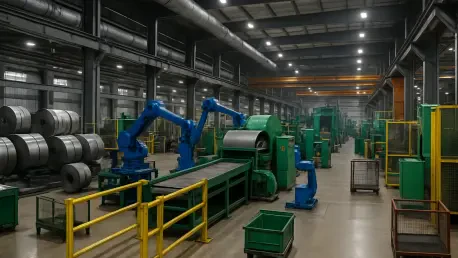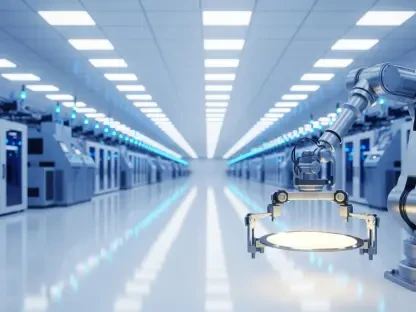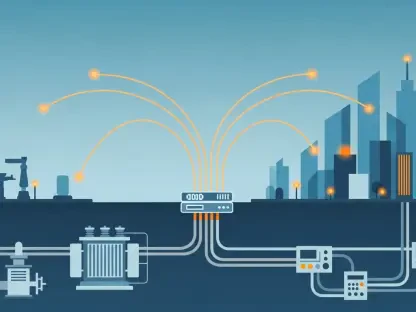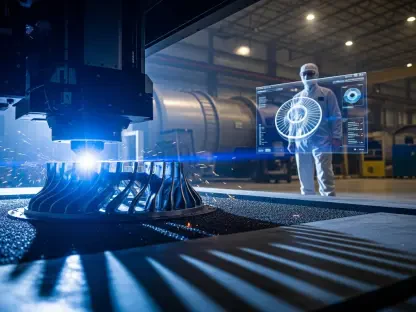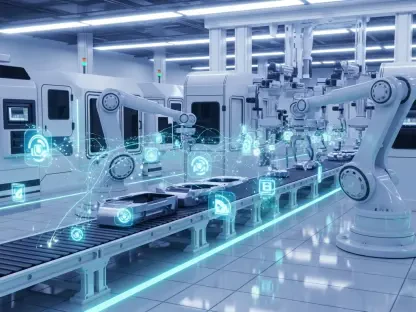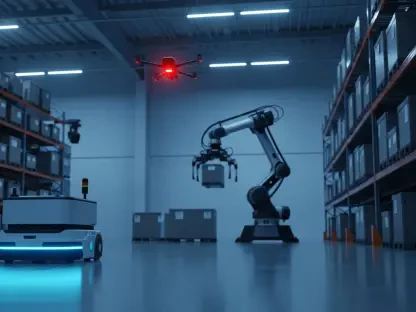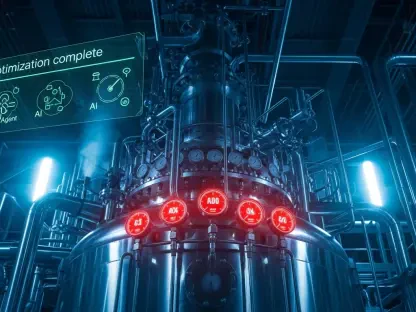I’m thrilled to sit down with Kwame Zaire, a renowned manufacturing expert with a deep passion for electronics, equipment, and production management. With his thought leadership in predictive maintenance, quality, and safety, Kwame brings a unique perspective on how technology is reshaping the industrial landscape. In this interview, we’ll dive into the transformative power of AI in robotics, the challenges and opportunities facing manufacturers today, and the bold vision needed to push the industry forward. From optimizing robot paths to reimagining production processes, Kwame shares his insights on how innovation can help manufacturers dream big again.
Can you share what sparked the push for AI-driven solutions in industrial robotics, particularly in solving complex challenges like path planning?
Absolutely. The core issue in manufacturing has always been efficiency—how do we get robots to work smarter, faster, and safer without endless trial and error? Back around 2016, it became clear that traditional methods of programming robot paths were just too slow and labor-intensive. Engineers were spending hundreds of hours manually tweaking workcells. The inspiration came from realizing that AI could analyze countless scenarios in real time, finding collision-free paths and optimizing movements in ways humans couldn’t match. It was about tackling a bottleneck that was holding back automation’s full potential.
How does AI technology manage to slash the time it takes to optimize a manufacturing workcell, and what makes it so much faster than traditional methods?
The magic lies in the combination of AI algorithms and cloud computing. Unlike older simulation tools that ran locally on a laptop and took forever, AI platforms can process massive amounts of data in the cloud almost instantly. For instance, optimizing a workcell with multiple robots used to take hundreds of hours of human effort. Now, with AI, it’s down to just a few hours because the system can test thousands of path combinations at once, account for safety interlocks, and adapt on the fly. It’s like comparing a hand-drawn map to GPS—it’s a complete game-changer.
Can you paint a picture of how AI impacts specific applications, like in a welding setup with multiple robots working together?
Sure, let’s take a welding application with over 20 robots in close quarters. Normally, coordinating their movements without collisions while maintaining speed is a nightmare. Using an AI-driven platform, we’ve seen cycle times drop significantly—say, from around 41 seconds per unit to just 32 seconds. The system calculates the most efficient paths for each robot, ensuring they don’t interfere with each other while still hitting every weld point. It’s not just about speed; it’s about precision and safety, too, making sure every move is calculated to avoid risks.
What kind of changes do you foresee for integrators in manufacturing as AI tools become more widespread?
Integrators are at a crossroads. These are the folks who’ve traditionally built paths and set up workcells, especially in high mix, low volume production where setups change constantly. AI tools can do a lot of that heavy lifting now, so integrators need to pivot toward understanding and leveraging these technologies. It’s about becoming collaborators with AI, using it to handle repetitive tasks while they focus on creative problem-solving. The potential is huge—imagine a production line switching between entirely different products with minimal downtime—but it requires a willingness to adapt.
You’ve talked about manufacturers needing to ‘think big again.’ Can you unpack what that means to you and why it’s so critical right now?
Over the years, I’ve seen the manufacturing industry settle into a kind of complacency, focusing on small, incremental gains rather than bold leaps. ‘Thinking big’ means rediscovering that ambition—envisioning factories where robots handle everything seamlessly, where production lines are flexible enough to switch products at the push of a button. It’s about challenging ourselves to not just keep up with demand but to redefine what’s possible. We’ve got the tools now, like AI and advanced robotics, to make that happen, but it starts with a mindset shift.
With robot adoption still relatively low in manufacturing, what do you see as the main hurdles holding the industry back?
The biggest barrier is the complexity and cost of setup. Right now, there are about 270 robots per 10,000 workers in manufacturing, mostly in automotive. That’s nowhere near where it could be. Setting up robots traditionally requires specialized skills, a lot of time, and money—small and medium-sized manufacturers often can’t justify it. Plus, there’s a cultural resistance; some folks see robots as a threat to jobs rather than a tool to boost productivity. We need to simplify the process and show that automation can work for everyone, not just the big players.
Looking ahead, what’s your forecast for the role of AI and robotics in the future of manufacturing?
I’m incredibly optimistic. I believe we’re on the cusp of a revolution where AI and robotics become as commonplace in factories as computers are in offices. We could see robot adoption skyrocket if we democratize the technology—making it affordable and easy to use for all manufacturers, not just the giants. In the next decade, I expect AI to not only optimize paths but also predict maintenance needs, enhance safety, and even design entire production layouts. The future is about flexibility and scale, where manufacturers can pivot quickly to meet any demand, and I think we’re just scratching the surface of what’s possible.
